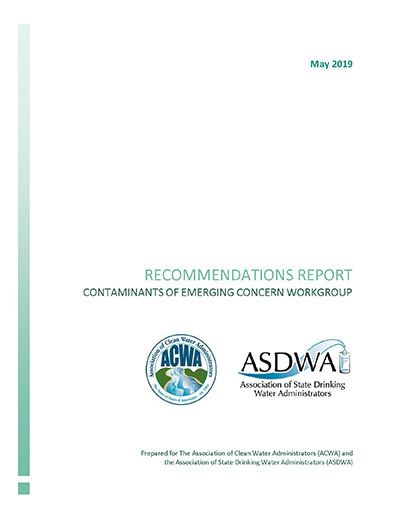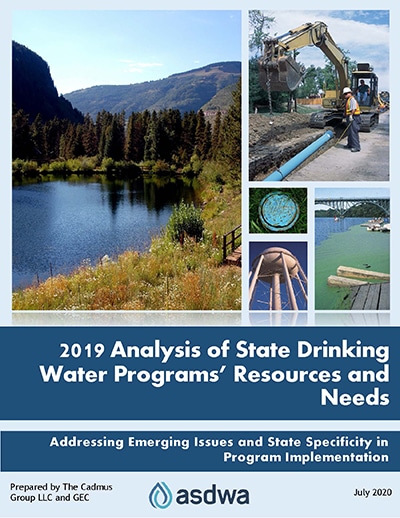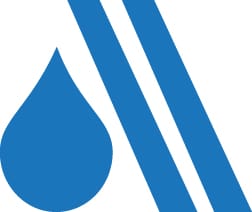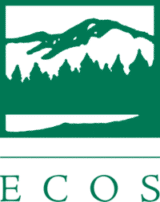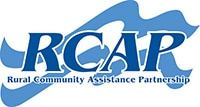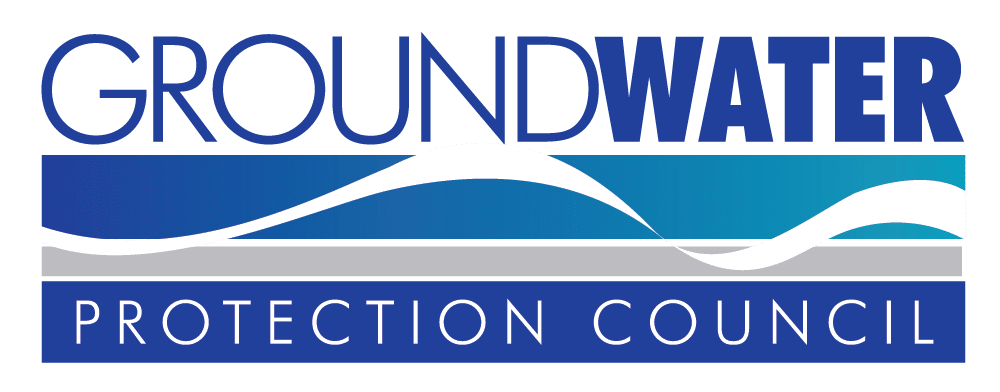Original Broadcast: August 15, 2019
Slide Decks:
This webinar is intended for states and will detail the AWIA provisions in Sections 2013 and 2018. In regard to Section 2013, the intent of this webinar is to prepare state primacy agencies for questions they may receive from water systems. This webinar will also give an overview of Section 2018 and provide clarifications on its implementation.
AWIA Section 2013
Amends SDWA §1433 to require CWS serving more than 3,300 persons to conduct a risk assessment that shall include risks from malevolent acts and natural disasters; resilience of pipes and constructed conveyances, physical barriers, source water, water collection and intake, pretreatment, treatment, storage and distribution facilities, electronic, computer, or other automated systems; monitoring practices of the system; financial infrastructure; use, storage, or handling of various chemicals, and system O&M. The assessment may also include an evaluation of capital and operational needs for risk and resilience management. Systems serving a population serving more than 100,000 persons shall certify to EPA that the assessment has been made no later than March 31, 2020; December 31, 2020 for systems serving a population of 50,000-99,999; and June 30, 2021 for systems serving more than 3,300 but less than 50,000. Systems must also certify to EPA no later than six months after the risk and resilience assessments certification, that they have developed or updated an emergency response plan. Systems must maintain a copy of both the assessment and emergency response plan for 5 years. Systems serving fewer than 3,300 shall receive guidance and technical assistance from EPA on how to conduct resilience assessments, prepare emergency response plans, and address threats.
AWIA Section 2018
Amends the Emergency Planning and Community Right-to-Know Act to address source water used for drinking water. Requires the state emergency response commission to promptly notify applicable state agencies of any release that requires notice; provide Tier II information; and provide a written follow up emergency notice. Receiving state agencies shall then forward such notice, information, and follow up to any CWS with affected source waters.
Speakers
- Kevin Letterly – ASDWA Policy Analyst (Moderating)
- Nushat Dyson – EPA, Water Security Division
- Dan Schmelling – EPA, Water Security Division
- Jeff Fencil – EPA, Water Security Division




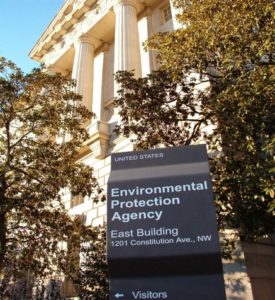
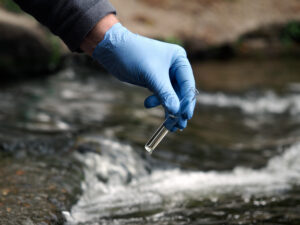

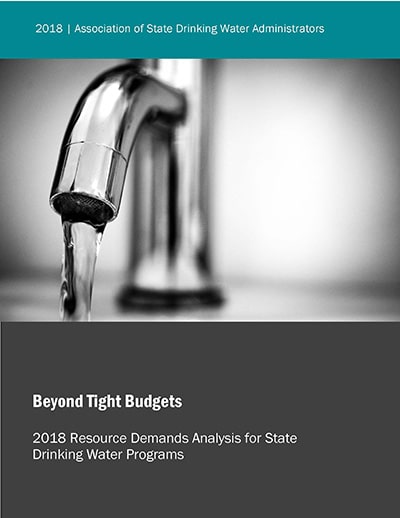
![Costs of States' Transactions Study [CoSTS] (April 2018)](https://www.asdwa.org/wp-content/uploads/2018/12/CoSTS-Report-2018-Cover-400px.jpg)
